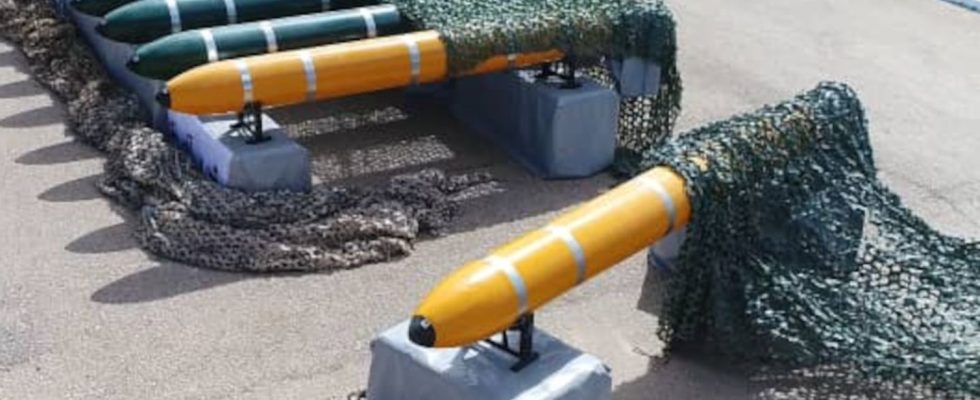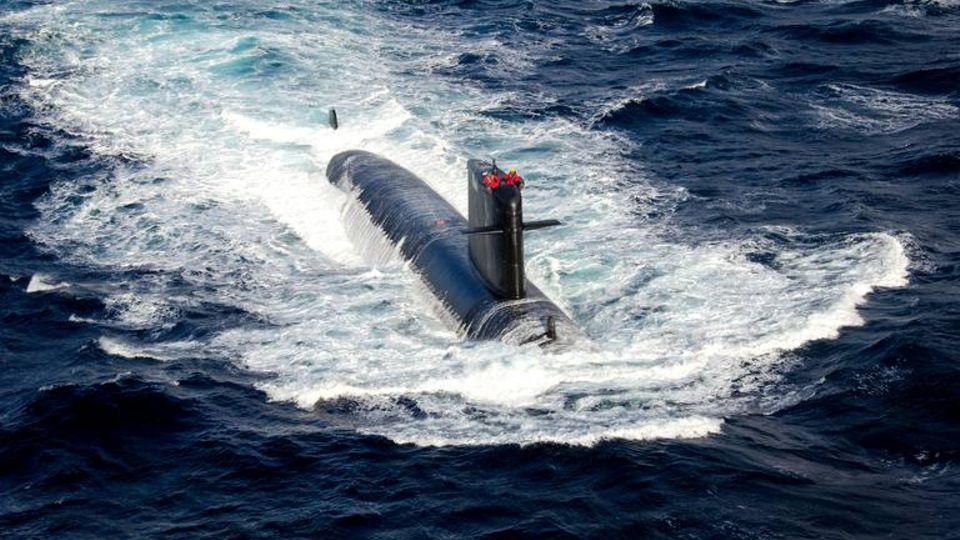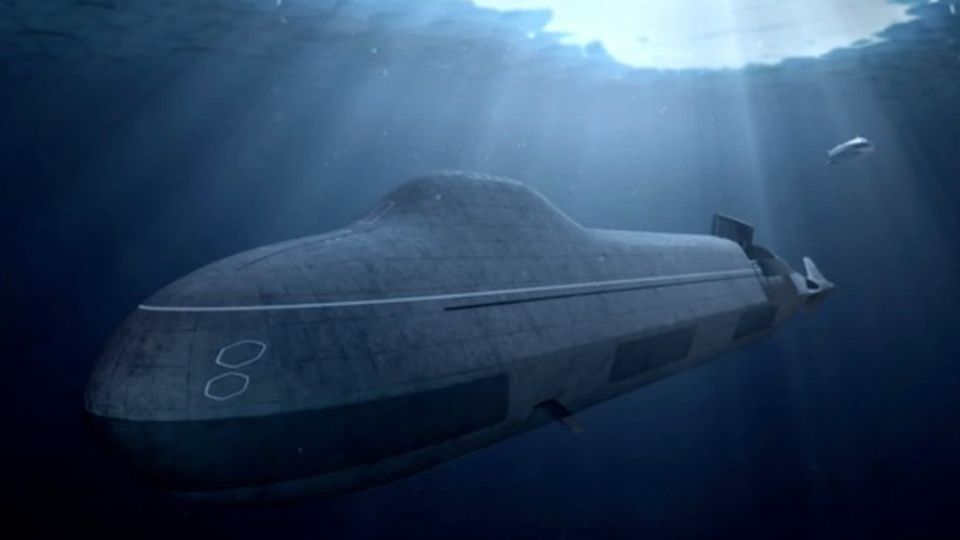Escalation in the Red Sea
Houthi militia attacks US warships – including with underwater drones
Iranian torpedo drones.
© PR
The US Army wanted to use air strikes to destroy the Houthis’ military structure in Yemen, but their attacks are becoming more and more intense. Shipping traffic through the Suez Canal has now largely collapsed.
The USA and the British wanted to hit the Houthis in Yemen with heavy air strikes. Attacks on firing positions and depots were intended to destroy their ability to strike international shipping. This has not been successful; the Islamists’ attacks continue unabated and have become even more dangerous. The militia has upgraded its technology: In addition to flying drones and missiles, it now uses underwater drones. The American CENTCOM announced that USShips had to defend themselves against five attacks on February 18th. These included “three mobile anti-ship cruise missiles, one unmanned underwater vessel (UUV) and one unmanned surface vessel (USV).” It is the first observed Houthi use of a UUV since the attacks began on October 23.
Houthis’ underwater drones are difficult to locate
Apparently Iran supplied the Houthis with the maritime drones. These underwater weapons look like a torpedo and float just below the surface of the ocean. Nothing is known about their range. In addition to drone torpedoes, Iran has also developed larger and more dangerous submersible drones. The US warships are designed to repel torpedo attacks. However, there is a risk that an attack with many drones will saturate the defense. Surface and underwater drones are particularly dangerous for civil shipping. Freighters and tankers have no way to defend themselves. Unlike flying objects, water drones are difficult or impossible to locate from a distance. A warship can protect itself, but not a freighter that is a little away.
The protection mission is currently going badly. According to their own statements, the Houthis sank a British ship (the “Rubymar”), damaged two American ships (“Sea Champion” and “Navis Fortune”) and also shot down a US military drone in one day. Everything is documented with video footage – but the drone shoot-down could also represent a different event. It is also unclear whether the “Rubymar” has already sunk; in any case, the crew has given up the ship.
No end to Houthi attacks in the Red Sea
US Admiral Brad Cooper told the TV channel “CBS” about a ballistic missile attack: “Put yourself in the role of the captain of this ship. He has about nine to 15 seconds to decide whether to hit the object will be shot down.”
In the long term there is a risk of a situation in the Red Sea similar to that in Ukraine. The ongoing attacks are exhausting the ships’ defense missiles. The German frigate “Hessen” is designed to defend against air targets and has 32 launchers for surface-to-air missiles on board. In order to be able to destroy a target safely, two defensive missiles should actually be sent towards it. The US Navy is now said to have fired more than 100 of its defense missiles. Cost: four million US dollars.
In the interview, the admiral also announced that cargo traffic in the Red Sea had fallen by 40 percent. But that is only half the story, because this includes regional shipping, which is not threatened by the Houthis. The shipping traffic data service provider Marhelm counts the passages through the Suez Canal. Traffic here has fallen by 75 percent. One can assume that the remaining 25 percent consists essentially of ships belonging to states that the Houthis do not perceive as enemies or as Israel’s allies. So Arab states, Turkey, Russia and also China.
Sources: Covert Shores, CBS, Navy Recognition





